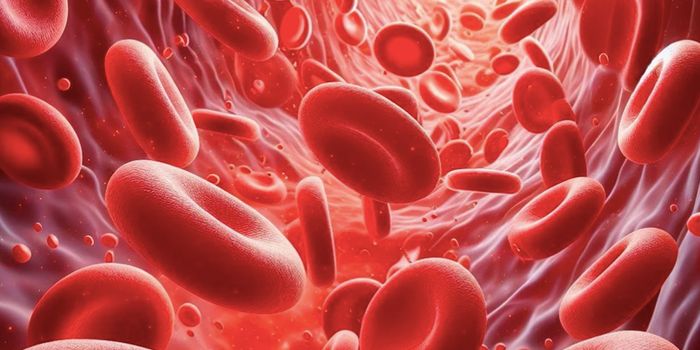Complex Mutations can Help Drive Evolution
In the early days of genetics research, scientists often searched for a mutated gene that was causing a disease. In many cases, that search yielded results that allowed researchers to learn a lot more about the gene and the disease. But many complex mutations that cause structural changes to the genome are much more difficult to detect using standard methods. Now, work reported in Nature Genetics has used an analysis of the fruit fly genome, a standard model in genetics, to reveal more about complex mutations. This work identified previously unknown mutations and has helped researchers learn more about evolution.
As is often the case in genomic studies, excellent sample quality made all of the difference in this work. "For the first time in animals, we have assembled a high-quality genome, permitting the discovery of all the genetic differences between two individuals within a species," noted first author Mahul Chakraborty, a postdoctoral fellow in the Emerson laboratory. "We uncovered a vast amount of hidden genetic variation during our analyses, much of which affects important traits within the common fruit fly, D. melanogaster."
Rather than reading many small bits of the genome and then piecing them together to create a big picture of the whole sequence, for this work, the researchers sequenced much larger chunks of the genome. This approach allowed them to reveal complex alterations like additions, subtractions, and rearrangements that changed the genomic structure.
"This study is the first of its kind in complex organisms like the fruit fly. With this unique resource in hand, we have already characterized several candidate structural variation which show evidence for phenotypic adaptation, which can function to drive species evolution," explained Emerson.
The investigators saw that fruit fly evolution could be affected by these genomic structural changes; they have phenotypic consequences. The expression of detoxification genes was found to be significantly amplified by such structural alterations. The observations in gene expression changes may help explain how flies can increase nicotine resistance.
The researchers have suggested that because they discovered so much genetic variation in this model, more complex genomes are likely to harbor even more.
Dr. Chakraborty gave a talk about this work at the 'Evolution & Quantitative Genetics II' session of the Annual Drosophila Research Conference at The Allied Genetics Conference in July 2016. It is shown in the video.
Sources: AAAS/Eurekalert! Via University of California Irvine, Nature Genetics









